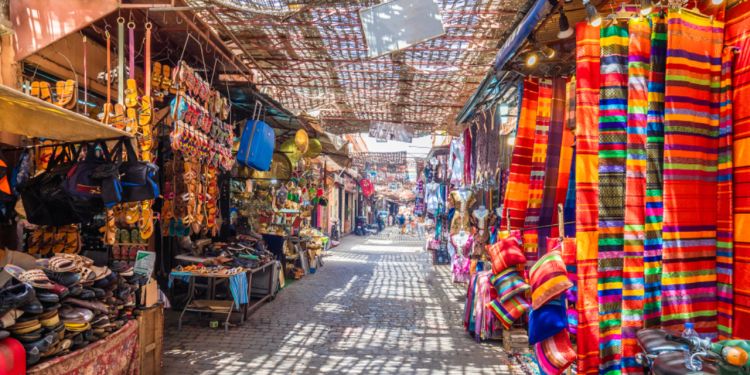
The architectural heritage of Morocco is rich, especially Marrakech, with its magical world, powerful ramparts, magnificent historic mosques, and mythical palaces. Marrakech is undoubtedly the Moroccan capital of culture.
Also nicknamed the Red City because of the color of its buildings, Marrakech is recognized for its out-of-the-ordinary architectural heritage, unique atmosphere, and summer heat. The many cultural sites of the city also continue to soothe tourists with their calm and beauty. So if you have just moved to Marrakech and you want to discover all the cultural richness of this legendary city, you will need to know where to start and where to go.
The architecture in Marrakech
The architectural heritage of Morocco is rich and varied and covers almost all the historical periods from prehistory to the Islamic era through the Phoenician, Punic, Mauritanian and Roman periods. The vast majority of cities in Morocco are distinguished by their authentic construction plan, worthy of an adequate model for this kingdom whose fame has surpassed the ends of North Africa to spread throughout the world. Marrakech, for example, is a living symbol of this architectural originality. The imperial architecture of this city testifies to this invaluable know-how enjoyed by the masters of work which established this city that attracts a considerable number of tourists every day.
The most attractive spots in Marrakech are:
- El Bahia Palace
- Museum Dar Si Said
- Ben Youssef Medersa
- The Great Church
- Cinema Colisée
- Tombs of the Saadians, etc.
The etiquette in Marrakech
People in Marrakech have the reputation of being very courteous, welcoming, cheerful, with anecdotal reactions, and having a sense of humor, and this reflects the tensions over the possession of the heritage. The warmth of the welcome is maintained by the pre-eminence of trade and services and the amplification of the tourist function.
Gastronomy in Marrakech
In addition to its architectural beauty and the warmth of its inhabitants, it is also the perfect city to discover the best dishes in Moroccan gastronomy. Marrakech, which opened very early to influences from various horizons, has developed a know-how and rich and varied traditions in terms of culinary art. If the Tanjia had the privilege to anticipate other local recipes, many dishes (Medfouna, Tajine, Hergma) synthesize the influences that converged on Marrakech from all southern Morocco and constitute since then specialties of Marrakech.
Festivals in Marrakech
Celebrations and festivals are also tourism engines. These blockbusters convey an image of Morocco that goes around the world. Once in Marrakech, festivals are a must-see that shouldn't be missed. The city offers many events throughout the year, and we have selected for you its five most important festivals.
- Marrakech Film Festival - early December
- Festival of Popular Arts - early December
- Marrakech du Rire - MDR - June
- Marrakech Salsa Festival - July
- The walks in Marrakech
The Marrakchis (or locals of Marrakech), who are used to looking for freshness in summer in the wooded areas around the city, retain the tradition of organizing group outings with friends or family to spend relaxing moments under the shade of trees and near streams. The enthusiasm to spend a few hours in the gardens of Oliverie Menara, the gardens of Agdal, and the valley of Ourika or that of Moulay Brahim, perpetuates a tradition of craftsmanship reproduced until today.
Music in Marrakech
In Marrakech, the rhythms of the DAKKA drummers, the HOUARA percussionists, the AITA musicians, and the MWAZNIYA, these dancing violinists, resonate throughout the city.
The festival of Achoura is the privileged time of music, and the whole medina vibrates to the sound of tambourines, rattlesnakes and Neffar, a long copper horn. In the alleys of the medina, the troops of each district compete with virtuosity before ending up in the gardens of the Menara to celebrate with joy the country feast of Nzaha.
We do our best to provide accurate and up to date information. However, if you have noticed any inaccuracies in this article, please let us know in the comments section below.
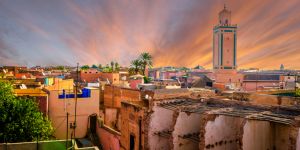
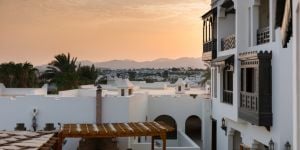
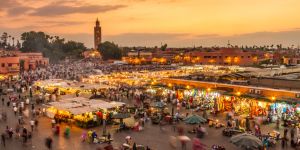
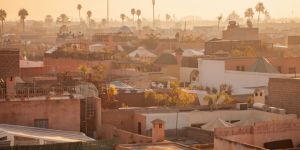
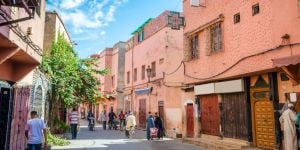
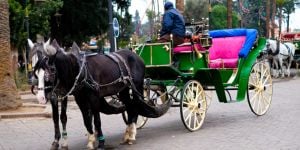
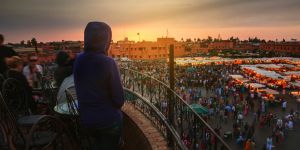





Comments